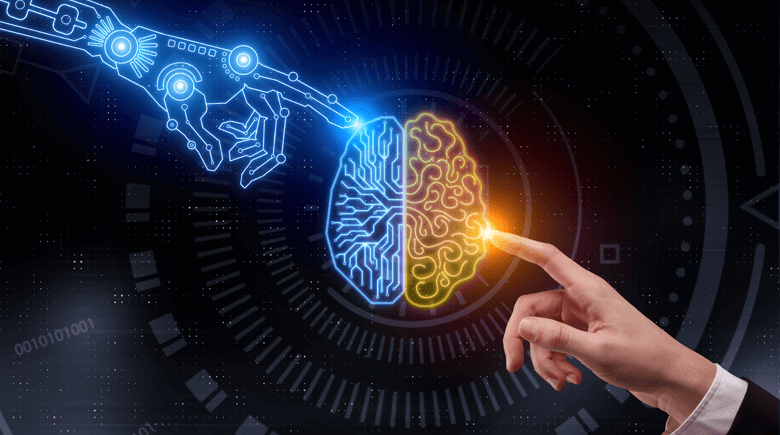The convergence of mechatronic and system-based engineering with advances in data management, artificial intelligence (AI), machine-learning (ML) and increasingly connected manufacturing is challenging traditional industrial product development and manufacturing processes. Used well, these technologies offer new opportunities for rapid innovation and increased productivity.
Computer-aided engineering (CAE) has been in existence for over half a century and is a mature engineering tool. However, its use is still mostly confined to the early design phase with limited synergies between design & engineering, production, manufacturing, deployment and maintenance and product retirement.
Why haven’t Digital Twins happened?
With pressure to bring new products to market faster and more cost effectively, manufacturers need to implement rigorous systems-design processes that accommodate the complexities of developing multi-disciplinary systems using high-fidelity virtual prototypes, or ‘Digital Twins’, at the core of the development process. This will not be achieved without challenges, but the tools exist today to overcome the last decade’s obstacles and connect the ‘digital thread’ of a product with feedback loops that yield cost savings and higher levels of productivity and innovation with real-world validation that makes quality inherent.
AI is much closer than you might think
We expect to see a rapid growth in the application of these methodologies in the next few years, but there are some key success factors need to be addressed to democratize its usage by all design engineers using CAE. It can also play an essential role in connecting the data silos that exist today in the virtual world of modern product design and the real world of production and manufacturing.
Our white paper, The Emergence of Artificial Intelligence & Machine Learning in CAE Simulation, explores the role of ML and AI in virtual manufacturing and CAE, and how they can reduce simulation time and development cycles dramatically across all industries, here and now. It aims to help you to explore the possibilities of AI and ML in your projects – whether you are just getting started or have a problem that you would like to begin applying these techniques to solve today.
Read this white paper to find out
- Organisational barriers you may face and advice on deploying AI successfully
- Where physics-based simulation alone is reaching its limits and its future role
- An introduction to machine learning and artificial intelligence for engineers
- How to combine AI with physics-based simulation to improve the product design process
- Our strategic partnership to democratize this capability through innovation
- Real world examples exploring how AI is delivering a step-change in what’s achievable in product development and manufacturing today.
About the authors
Kais Bouchiba is Global Artificial Intelligence and Machine Learning Strategist, MSC Software.
Kambiz Kayvantash is CTO CADLM.
Keith Hanna is the VP Marketing for MSC Software.
We hope you enjoy this report and find it useful. Please don’t hesitate to share a link to this page with any colleagues or friends who you think could be interested.









